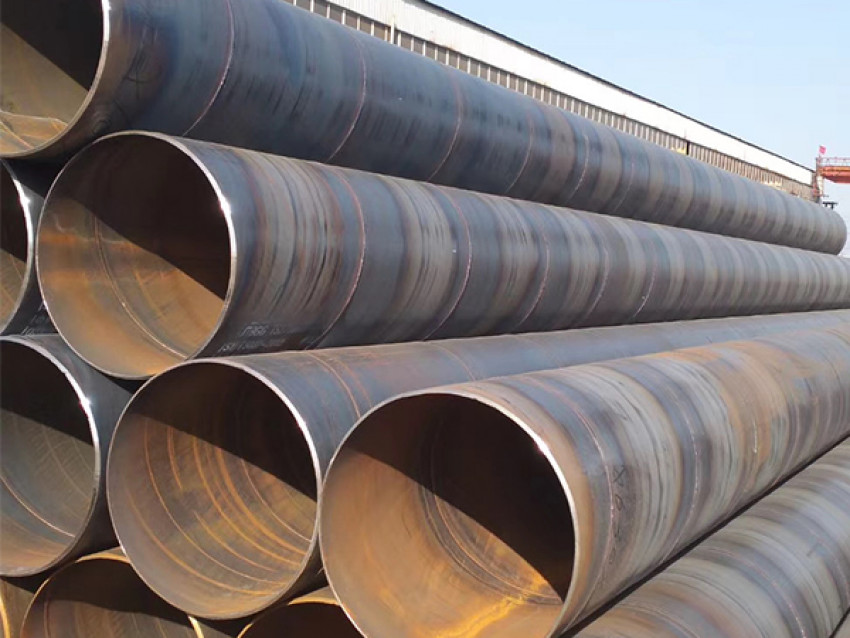
Welded pipe is a steel pipe made of steel plate or strip steel after crimping and welding, and the length is generally 6 meters. Welded steel pipes have simple production process, high production efficiency, many varieties and specifications, and less equipment investment, but the general strength is lower than that of seamless steel pipes.
Under the situation that the automation process of steel pipe welding is getting faster and faster, various types of welding robots have emerged.The welding path needs to be set in the robot in advance, and the subsequent robot will weld according to the set trajectory, with high repeatability and improved welding efficiency.However, due to the thermal deformation during the welding process of the workpiece and the influence of the positioning deviation of the fixture, it often occurs that the actual welding path and the teaching track do not match, which reduces the welding accuracy and efficiency, and may lead to welding failure and workpiece scrapping in severe cases.
The laser welding seam tracking sensor is placed in front of the welding head to collect the shape of the welding seam, and then the real position of the welding target point is obtained through the software algorithm, and the data is transmitted to the robot in real time to guide the robot to weld on the real trajectory to complete various complex welding.It can avoid welding quality deviation, realize unmanned welding, and greatly improve welding accuracy and work efficiency. Welding automation selects suitable welding equipment according to actual needs to ensure the smooth progress of welding work.
When welding non-standard automation equipment, automatic welding can be used, and the workpiece can be rotated to achieve the welding seam at the desired position of the welded pipe. It is too early for welding robots to completely replace manual welding, but the goal of welding robots replacing 90% of welders in batch welding operations is achievable. Welding robots are favored by more and more small and medium-sized enterprises due to their high efficiency, high quality, and easy management.For some products that require high precision, but cannot be solved by welding robots, users need to add an automatic welding seam tracking and positioning system in time. Pressure welding can be used to weld dissimilar materials, including metals, plastics, ceramics, etc., with good welding shapes and beautiful and firm welds. The welding automation of the welding automation machine needs to have a good ability to resist electromagnetic field interference, so as to automatically track the welding seam.
Automatic welding is robot welding instead of manual welding. After the workpiece is manually clamped, the robot will weld the workpiece. Compared with manual welding, robotic automatic welding has the advantages of high weld consistency, stable product quality, uniform weld appearance, fast welding speed, and low technical threshold.At present, it is difficult to recruit skilled workers, and it is even more difficult to recruit welding. Because welding is harmful to the body, the younger generation are reluctant to choose welding jobs. In addition, the older generation is about to face the decline of physical function and the inability to continue working, etc. In the future, most of the welding work will be done by robots, and automatic hanging welding will definitely become the welding trend in the future!


